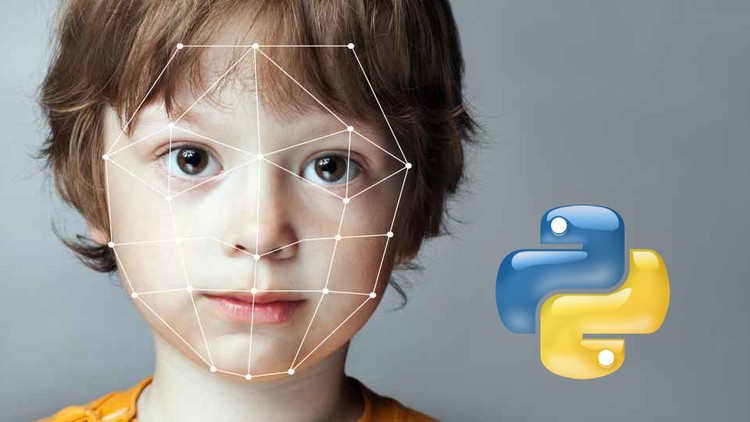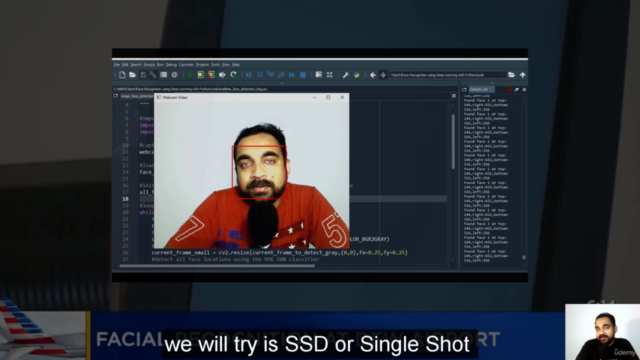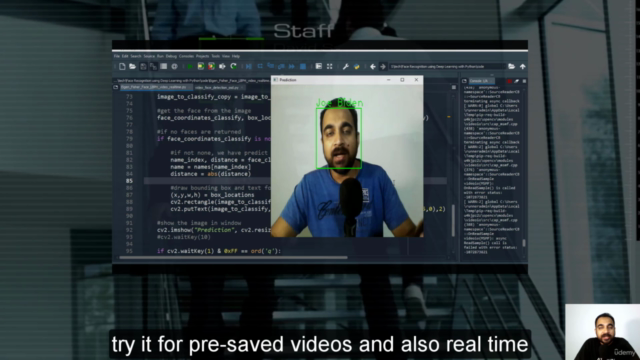Computer Vision: Face Recognition Quick Starter in Python

Why take this course?
It seems like you've outlined a comprehensive curriculum for a face recognition course, covering a wide range of topics from traditional machine learning approaches to modern deep learning techniques. The course is structured to take learners through various stages of face detection, alignment, feature extraction, verification, and classification using both classical and contemporary methods.
Here's a summarized outline of the curriculum you've provided:
-
Introduction to Face Recognition: Brief overview of what face recognition is and its applications.
-
Real-time Face Detection with Webcam: Using a computer's webcam to detect faces in real-time and display them with named rectangles. Converting face distance (matching score) to a percentage for clarity.
-
Face Landmark Points: Visualizing the landmark points used for face detection and later using these points for custom face make-up.
-
Introduction to Face Recognition Pipeline Steps: An overview of the steps involved in face recognition, including face detection, alignment, feature extraction, verification, and classification.
-
Face Detection Algorithms:
- Haar Cascade
- HOG (Histogram of Oriented Gradients)
- SSD (Single Shot Multibox Detector)
- MMOD (Maximally Stable Explicit Regression for Object Localization)
- MTCNN (Multi-task Cascaded Convolutional Networks)
-
Face Alignment using Dlib: Utilizing the Dlib library for aligning detected faces accurately.
-
Face Verification and Classification:
- Eigenface Fisherface and LBPH algorithms (Traditional methods)
- VGGface (Deep learning method using VGGNet)
- FaceNet, OpenFace, and DeepFace Models (Advanced deep learning methods)
- Deepface: A Python framework for face recognition tasks.
-
Face Analysis: Using deepface to analyze various attributes such as gender, age, emotion, and ethnicity.
-
Course Resources: Access to the code, images, and libraries used throughout the course.
-
Course Completion Certificate: A certificate provided upon completion of the course to add value to your portfolio.
This curriculum promises a hands-on learning experience that covers both theoretical knowledge and practical application of face recognition technologies. The use of popular libraries and frameworks ensures that the skills acquired are relevant to real-world applications in fields such as security, user authentication, and more.
The course also emphasizes the importance of understanding the face recognition pipeline and the ability to customize and modify the components within it, which is crucial for developing robust and flexible face recognition systems.
Course Gallery




Loading charts...